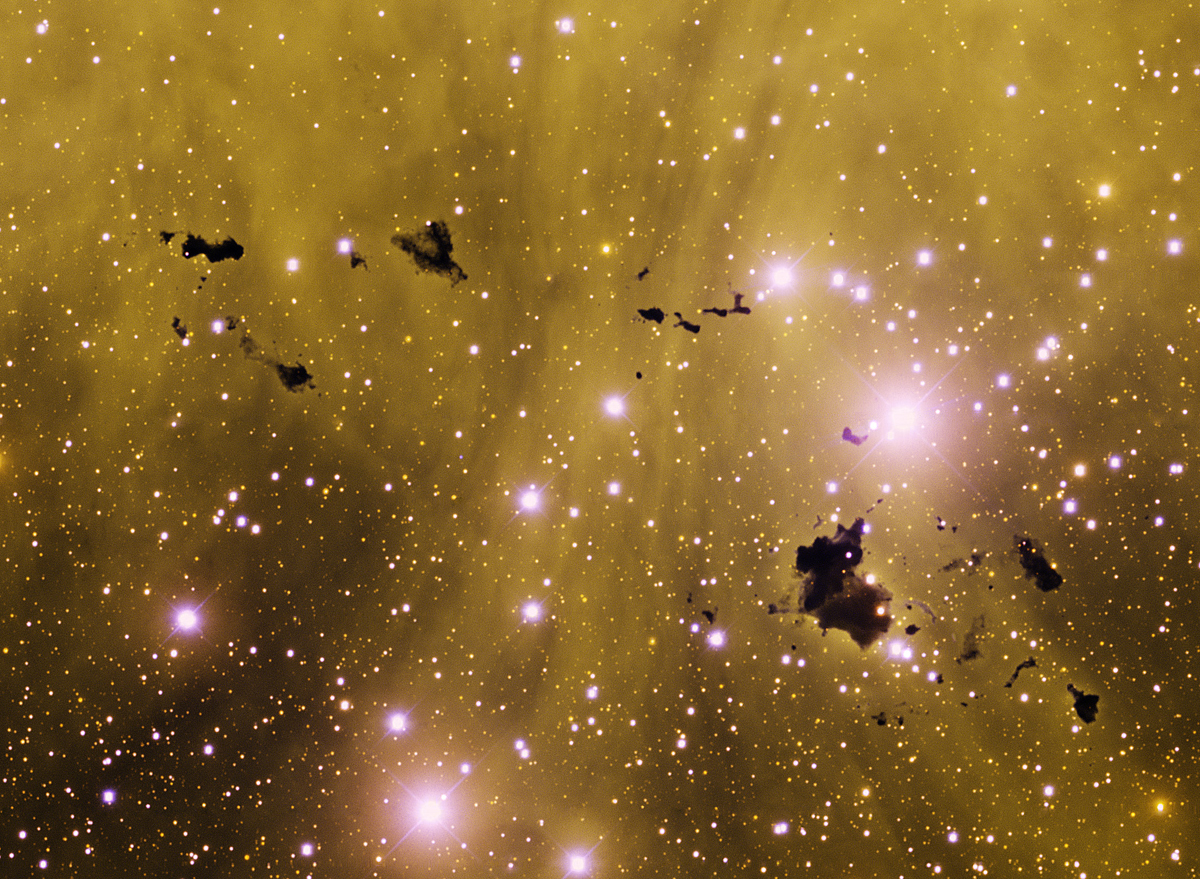A Malaysian satellite has died in space and will meet a cold grave

A Malaysian satellite will settle into a graveyard orbit following a mysterious "anomaly" that struck it down in space.
The nearly 15-year-old Measat-3 communications satellite suffered an unexplained issue on June 21, knocking out service for its customers. It was brought under ground control June 24 but hasn't been operational since, according to updates from the company.
With the satellite playing dead and a "root cause" investigation still ongoing by Measat and satellite maker Boeing, however, Measat said Aug. 6 it decided to proceed with a deorbit.
"Further testing and recovery efforts found that the satellite could not re-enter service. The satellite will be de-orbited in the following weeks," Measat said in the update. Because of the satellite's previous altitude, that likely means a graveyard orbit, rather than destruction in Earth's atmosphere.
Related: The Biggest Spacecraft Ever to Fall Uncontrolled From Space
Measat-3 launched Dec. 11, 2006 from the Baikonur Cosmodrome in Kazakhstan, the same launch center where Soyuz spacecraft periodically send crews to the International Space Station. The spacecraft serves more than 100 countries in Asia, Eastern Europe, the Middle East and Africa. Satellite TV operator Astro was among the customers affected, according to a local news report citing tweets from Astro.
Most customers were transferred to backup satellites by mid-July, but the satellite was by then tumbling in its orbit since at least July 1, according to ExoAnalytic Solutions, a space tracking company. "It's rare to see one come back from this stage," Bill Therien, ExoAnalytic Solutions executive vice president of engineering, told SpaceNews July 17.
Breaking space news, the latest updates on rocket launches, skywatching events and more!
Satellite Quiz: How Well Do You Know What's Orbiting Earth?
ExoAnalytic further noted there was no debris around Measat-3 that hinted at an in-space collision that may have caused the service problem. The satellite also has no near-term collision risk with any other space object, ExoAnalytic said. A later report from SpaceNews on Aug. 11, quoting insurers, suggested the satellite may have run out of fuel earlier than expected in its geosynchronous orbit.
Measat said Aug. 6 it is readying a new satellite called Measat-3D, built by Airbus Defence and Space, "for early 2022."
Correction: This article was updated to clarify that Measat-3 will not burn up in Earth's atmosphere but instead be moved to a so-called graveyard orbit.
Follow Elizabeth Howell on Twitter @howellspace. Follow us on Twitter @Spacedotcom and on Facebook.

Elizabeth Howell (she/her), Ph.D., was a staff writer in the spaceflight channel between 2022 and 2024 specializing in Canadian space news. She was contributing writer for Space.com for 10 years from 2012 to 2024. Elizabeth's reporting includes multiple exclusives with the White House, leading world coverage about a lost-and-found space tomato on the International Space Station, witnessing five human spaceflight launches on two continents, flying parabolic, working inside a spacesuit, and participating in a simulated Mars mission. Her latest book, "Why Am I Taller?" (ECW Press, 2022) is co-written with astronaut Dave Williams.
